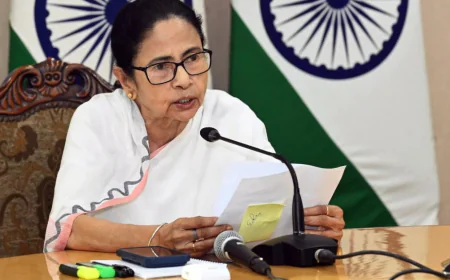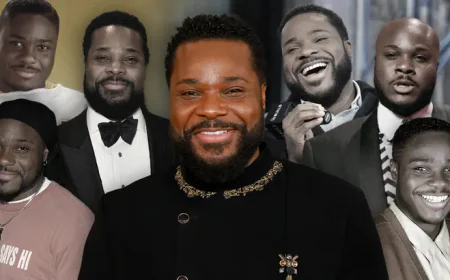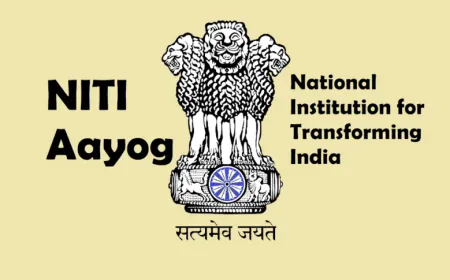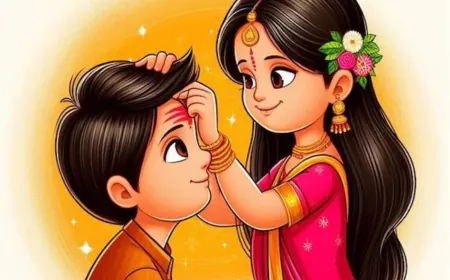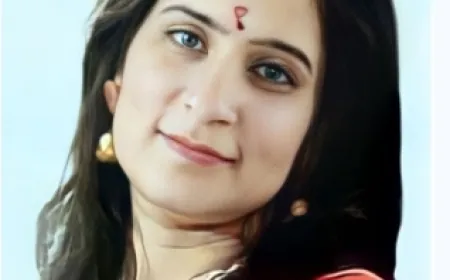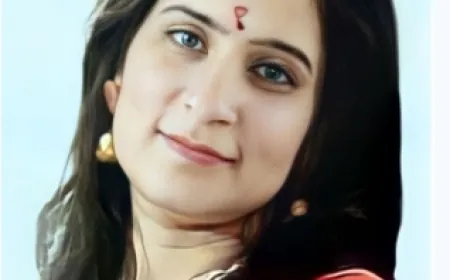Women Directors and The Rewriting of World Cinema

Women Directors and The Rewriting of World Cinema
The increasing presence of women directors has had a profound and transformative impact on world cinema, challenging established norms, diversifying storytelling, and offering new perspectives that were previously underrepresented. This movement is not just about increasing a statistic; it is about a fundamental shift in what stories are told, who tells them, and how they are perceived by global audiences.
Diversifying Narratives and Perspectives For decades, the cinematic landscape was largely shaped by the male gaze—a term from feminist film theory referring to the way women are often portrayed as objects for the pleasure of male viewers. Women directors have actively worked to dismantle this, introducing the "female gaze" which focuses on female subjectivity, interiority, and agency. This has led to films that: * Center female protagonists with depth and complexity: Directors like Jane Campion (The Piano, The Power of the Dog), Sofia Coppola (Lost in Translation, The Virgin Suicides), and Céline Sciamma (Portrait of a Lady on Fire) craft narratives where women are not defined by their relationship to men but are full, multi-dimensional characters exploring their own desires, identities, and struggles. * Explore themes of empathy, identity, and social issues: From the intimate dramas of Gauri Shinde (English Vinglish) and Zoya Akhtar (Gully Boy) in India to the socially conscious documentaries of Ava DuVernay (13th) in the United States, women directors often bring a unique sensitivity to their work, addressing topics of gender, race, class, and social justice.
* Challenge genre conventions: Women directors have demonstrated their ability to work across all genres, from action and horror to comedy and drama, while often subverting traditional tropes. Kathryn Bigelow, the first woman to win an Academy Award for Best Director, is a prime example, with her acclaimed work in action and war films like The Hurt Locker. The Rise of Independent and World Cinema While women have been involved in filmmaking since the silent era—with pioneers like Alice Guy-Blaché—their opportunities were historically limited in the male-dominated studio system. The rise of independent film movements in the latter half of the 20th century provided a crucial platform for women to experiment and tell stories that might not have been greenlit by major studios. This shift was instrumental in the career of filmmakers like:
* Agnès Varda: A key figure of the French New Wave, her films like Cléo from 5 to 7 blended documentary and fiction, offering a humanistic and often autobiographical perspective that was revolutionary. * Chantal Akerman: Known for her minimalist and highly formalist approach, Akerman's films, particularly Jeanne Dielman, 23, quai du Commerce, 1080 Bruxelles, are considered landmarks of feminist cinema for their radical deconstruction of everyday life and domesticity. Today, this trend continues with a new generation of women directors from around the globe who are gaining international acclaim. For example, directors like Bong Joon-ho from South Korea or Guillermo del Toro from Mexico are part of a broader phenomenon where stories from diverse cultures are finding a global audience, and women are a significant part of that wave. Filmmakers such as Iran's Ana Lily Amirpour (A Girl Walks Home Alone at Night), Tunisia's Kaouther Ben Hania (The Man Who Sold His Skin), and India's Kiran Rao (Laapataa Ladies) are proving that culturally specific stories can resonate universally.
Challenges and Continued Evolution Despite the progress, significant challenges remain. Studies consistently show that women are still underrepresented in top directing jobs, particularly on high-budget films. Films directed by women often face budgetary and box office disparities compared to their male-directed counterparts. However, the conversation is shifting. The increased visibility of women directors, coupled with advocacy efforts and the rise of streaming platforms, is creating new opportunities. Film festivals and industry awards are increasingly recognizing and celebrating the work of women, and the success of films like Greta Gerwig's Barbie has demonstrated that female-directed stories can be both critically acclaimed and commercially triumphant. In conclusion, women directors are not just a footnote in the history of cinema; they are actively rewriting its future. By offering alternative gazes, diversifying narratives, and pushing the boundaries of what is possible on screen, they are making world cinema more inclusive, authentic, and reflective of the human experience in all its complexity. Vijay Garg Retired Principal Educational columnist Eminent Educationist street kour Chand MHR Malout Punjab

